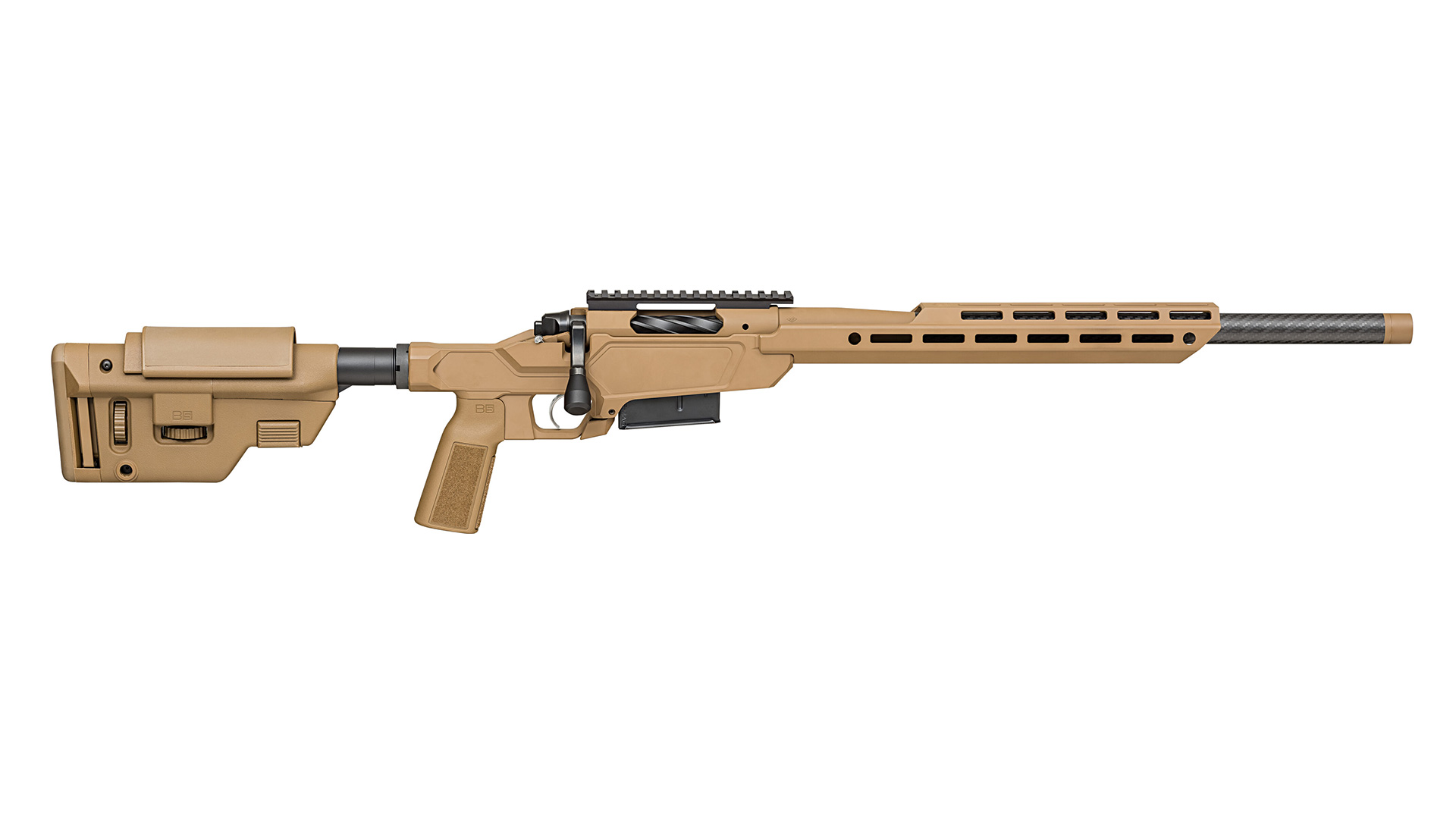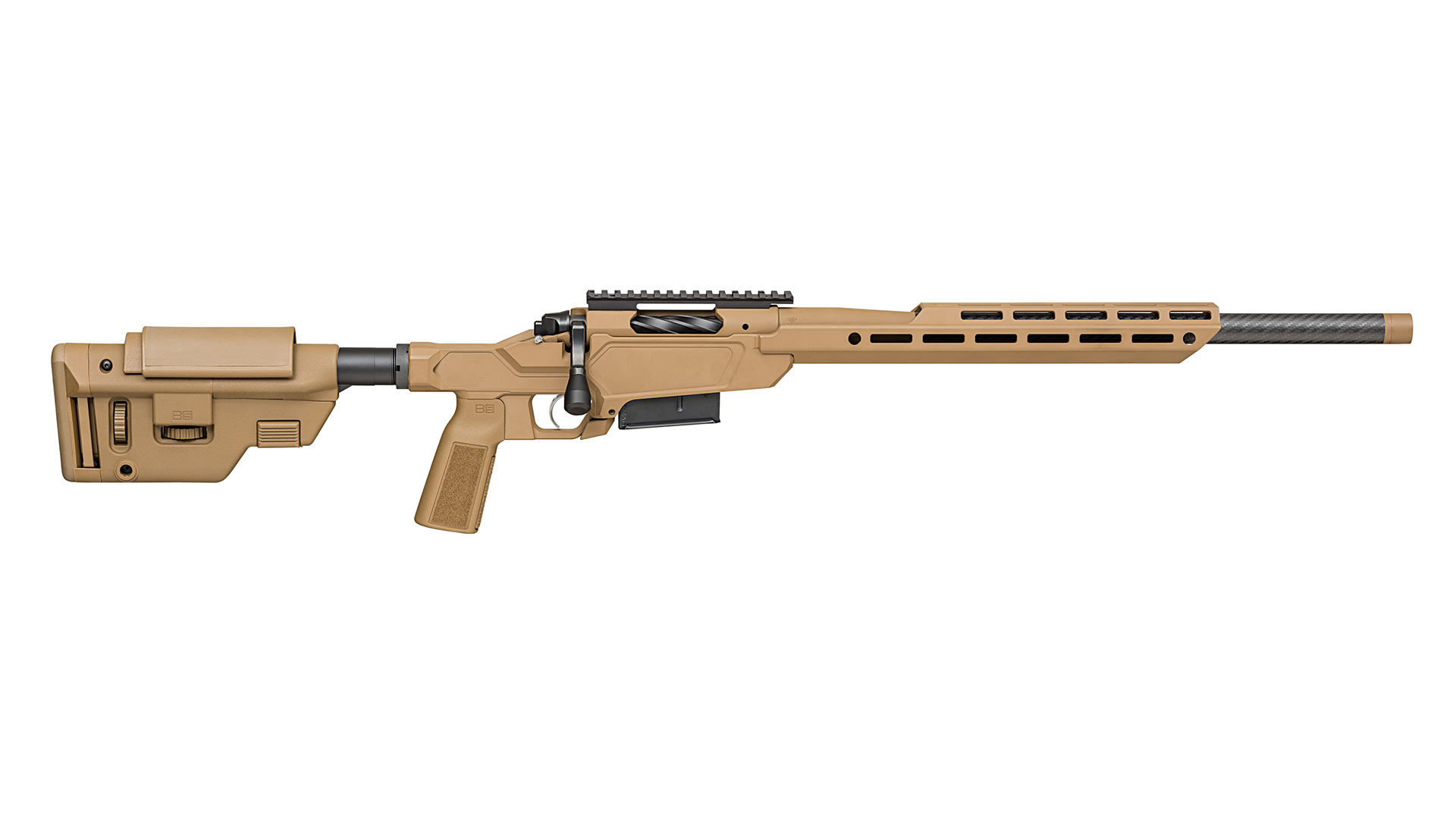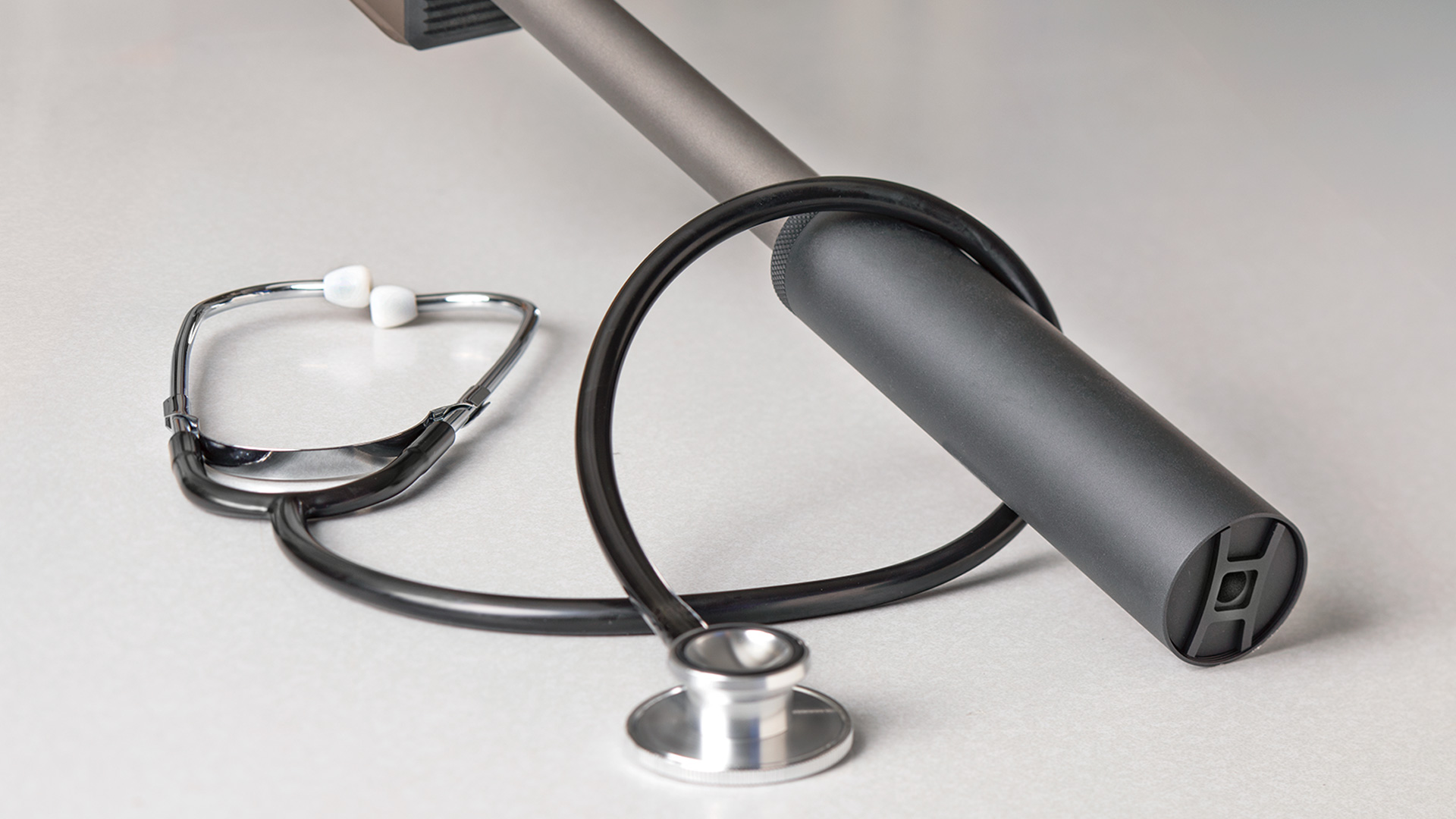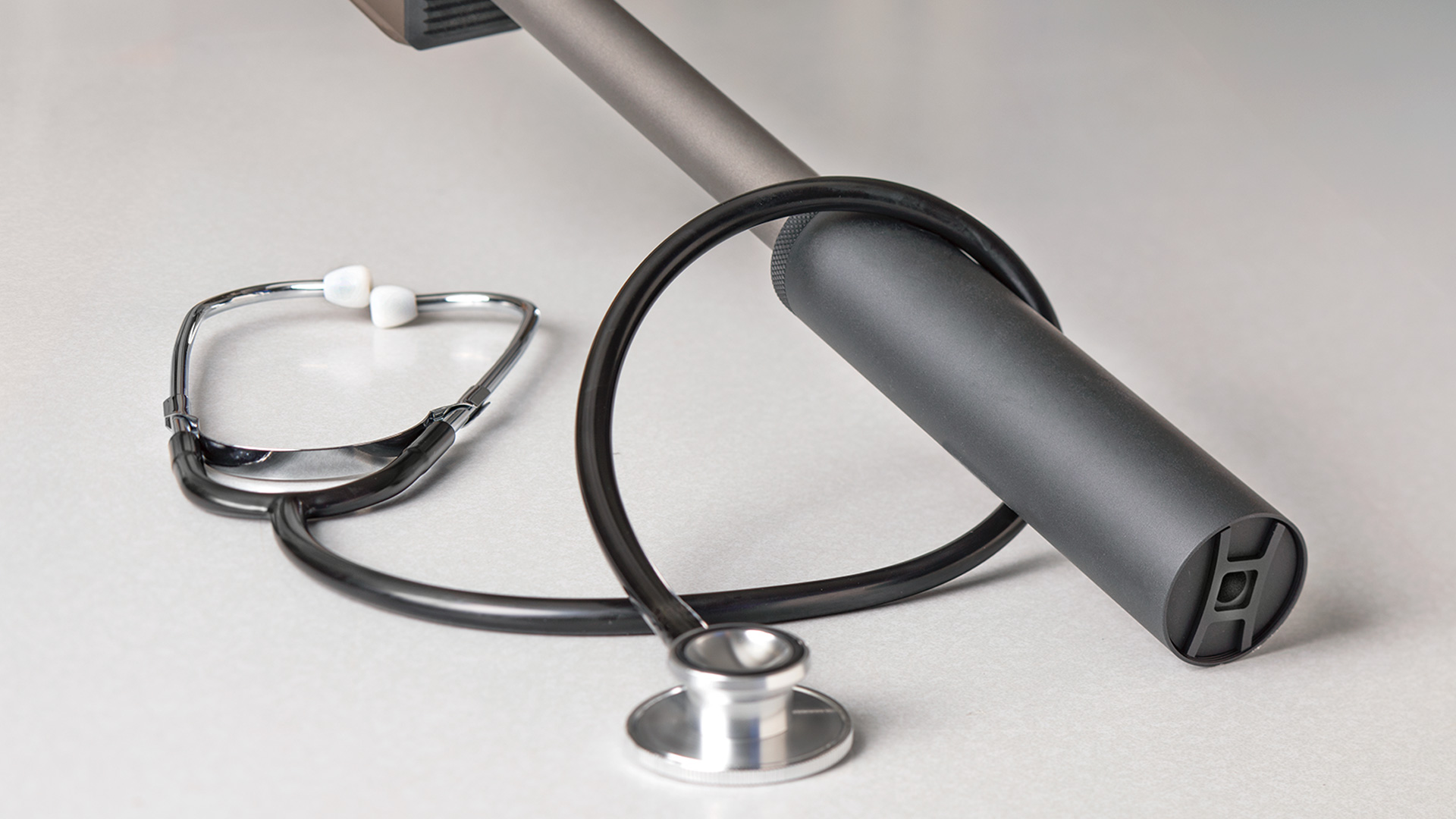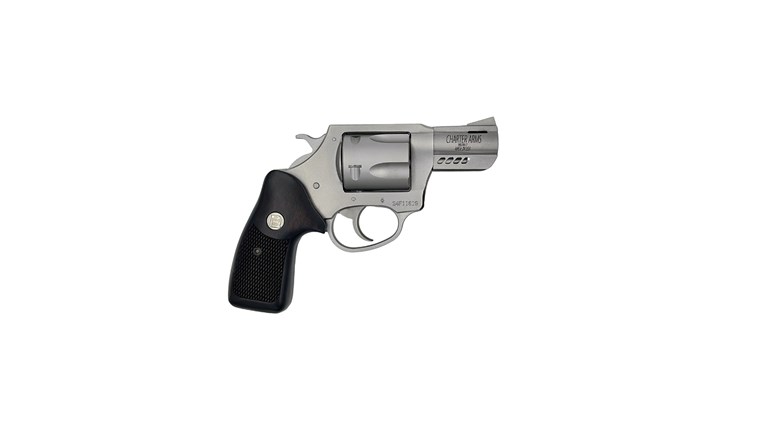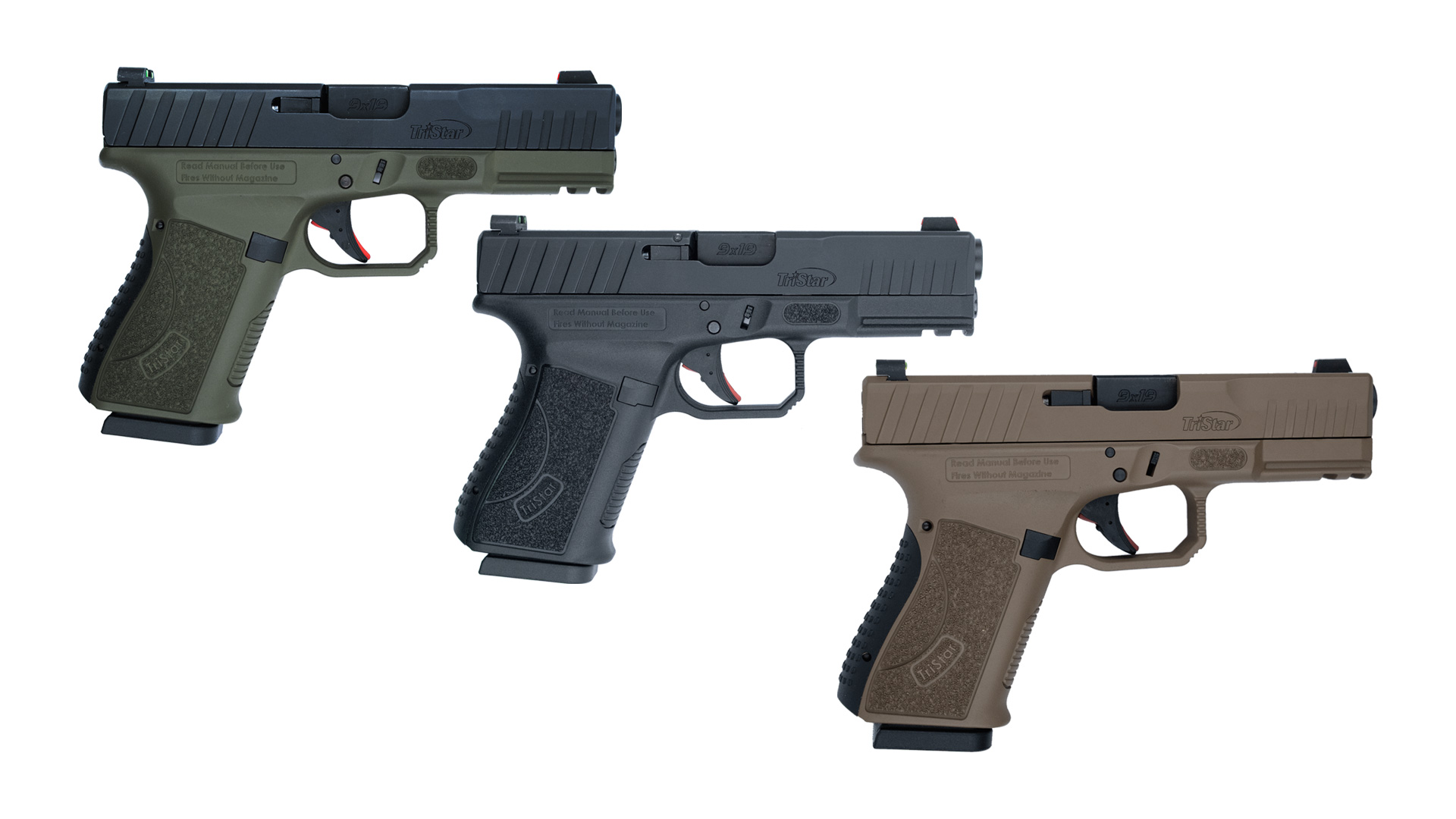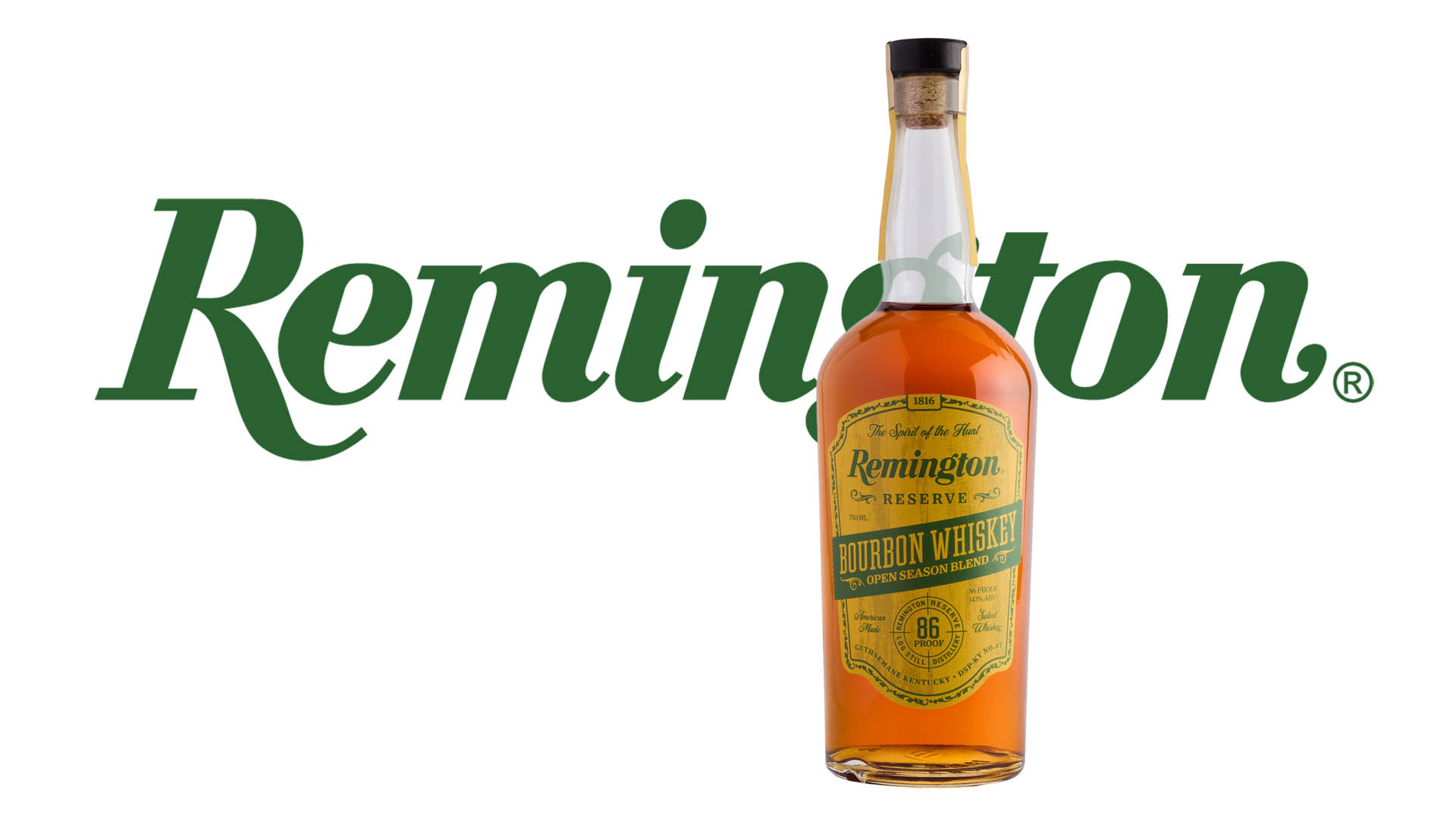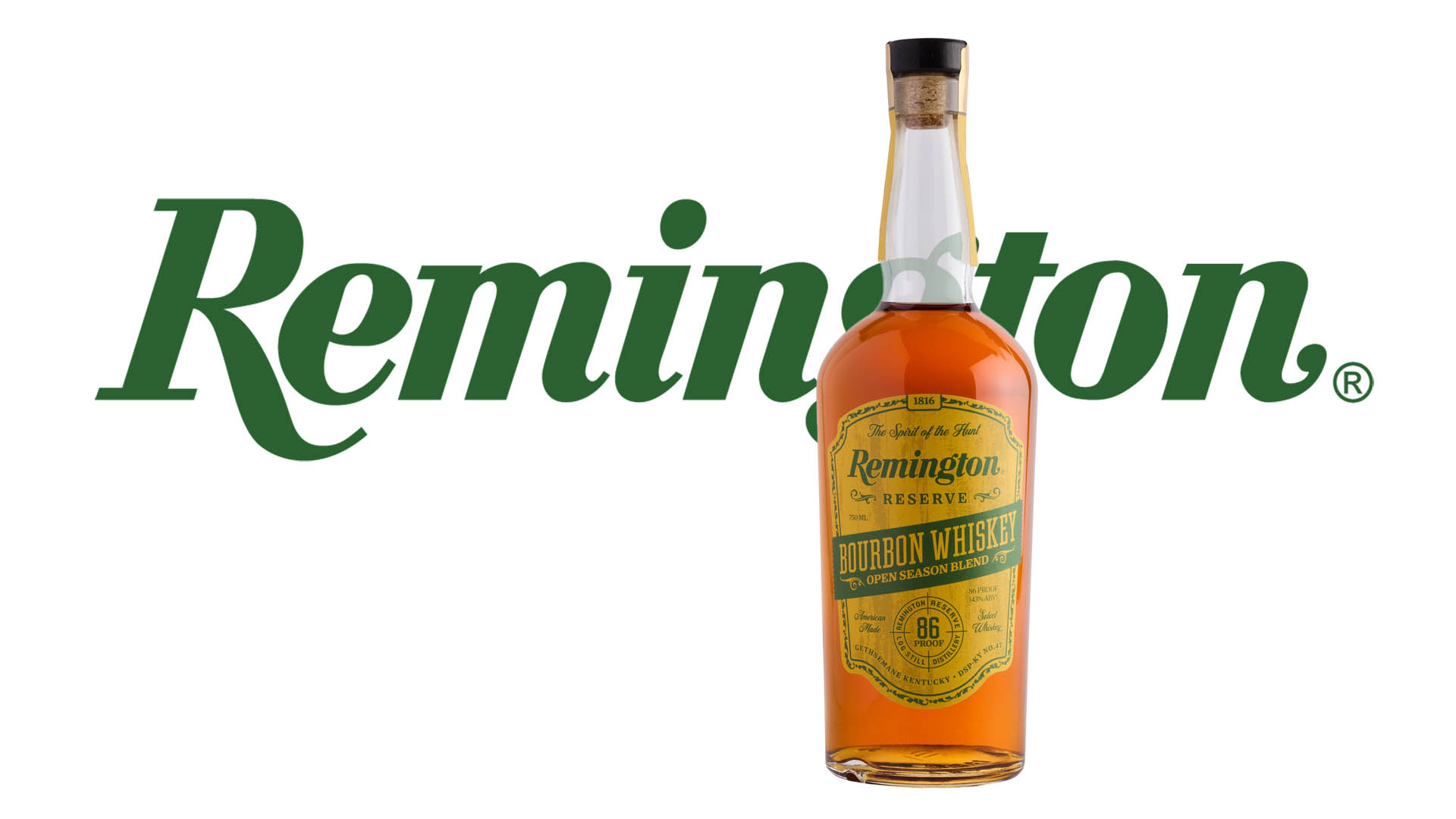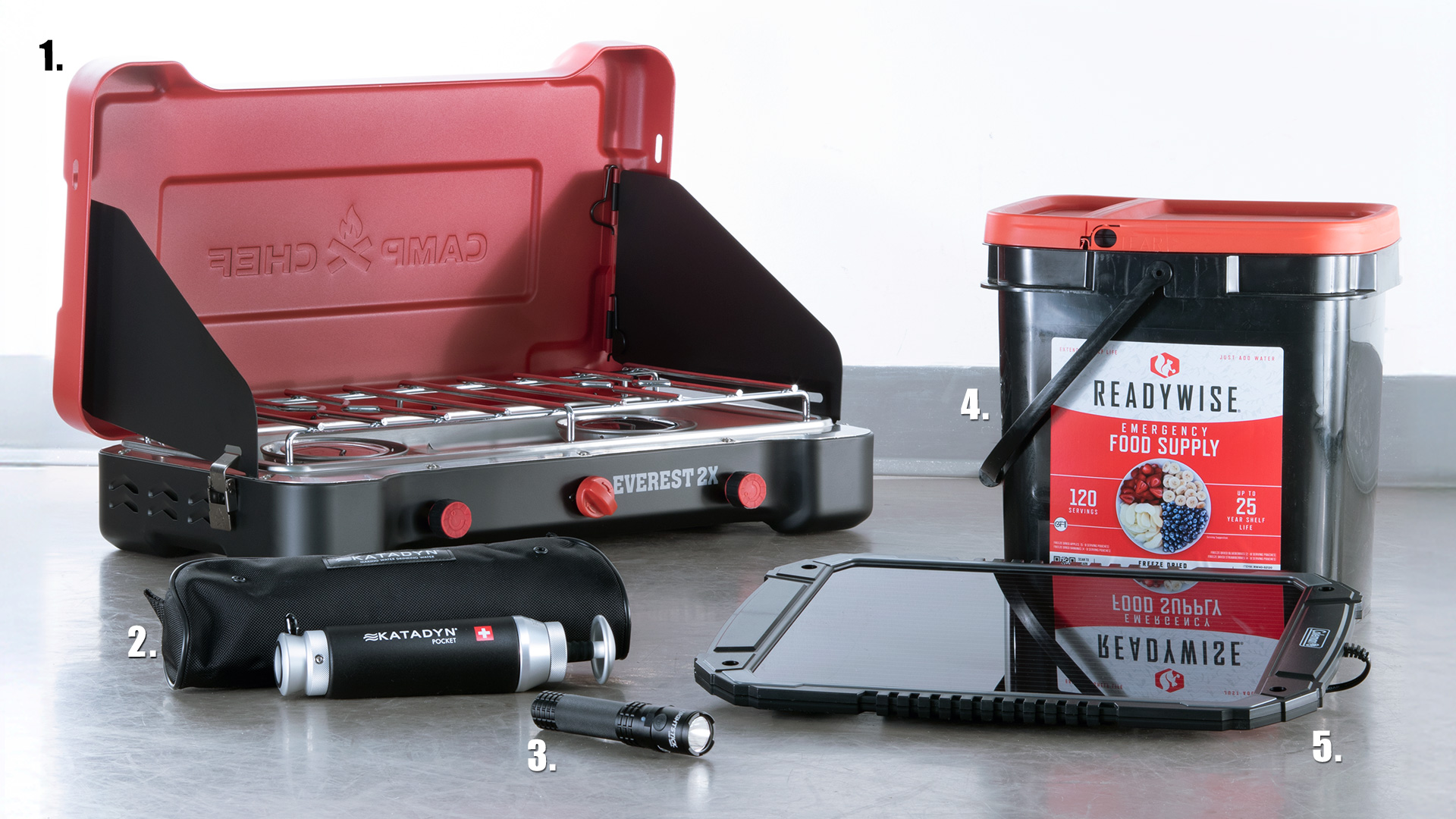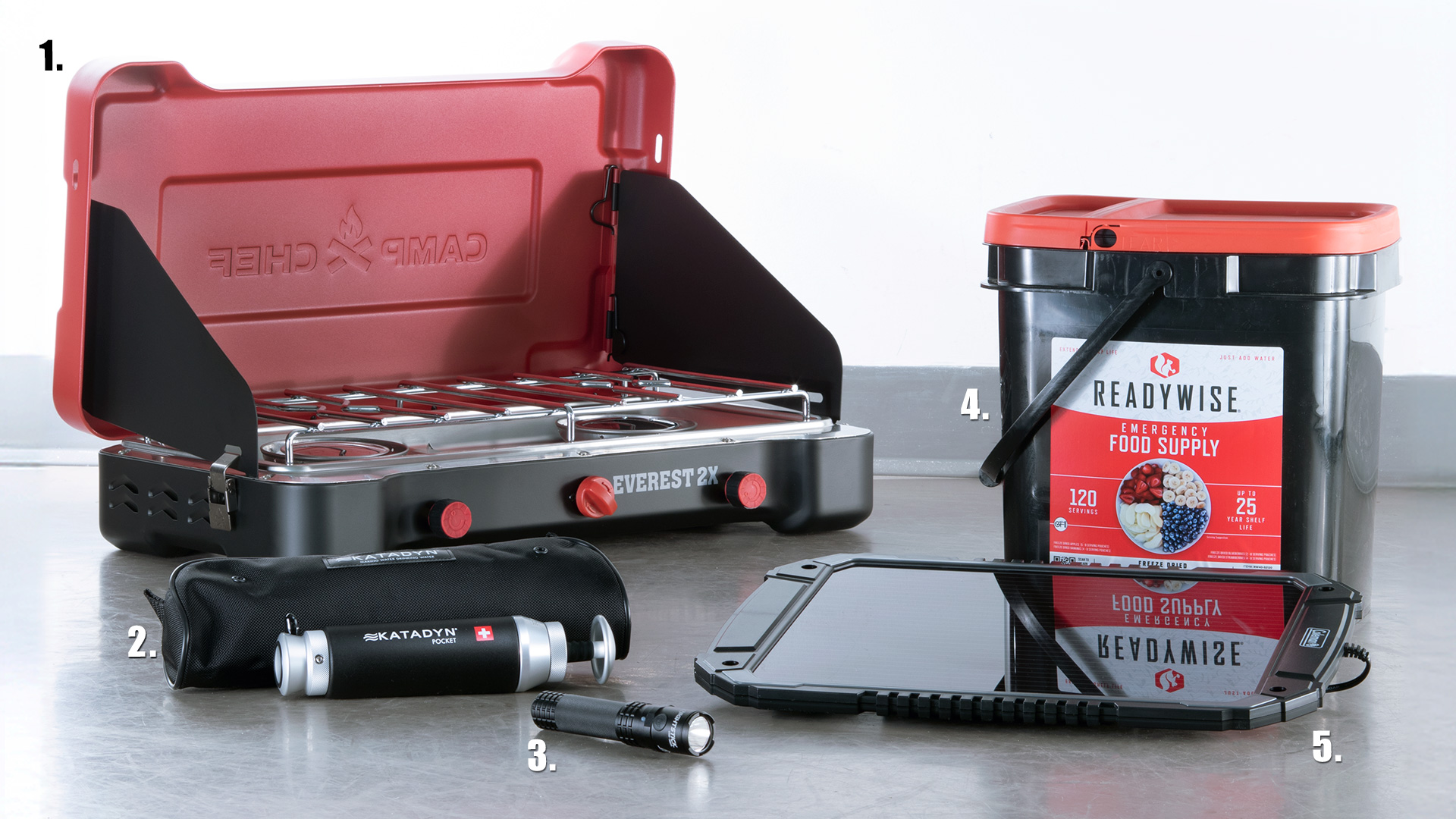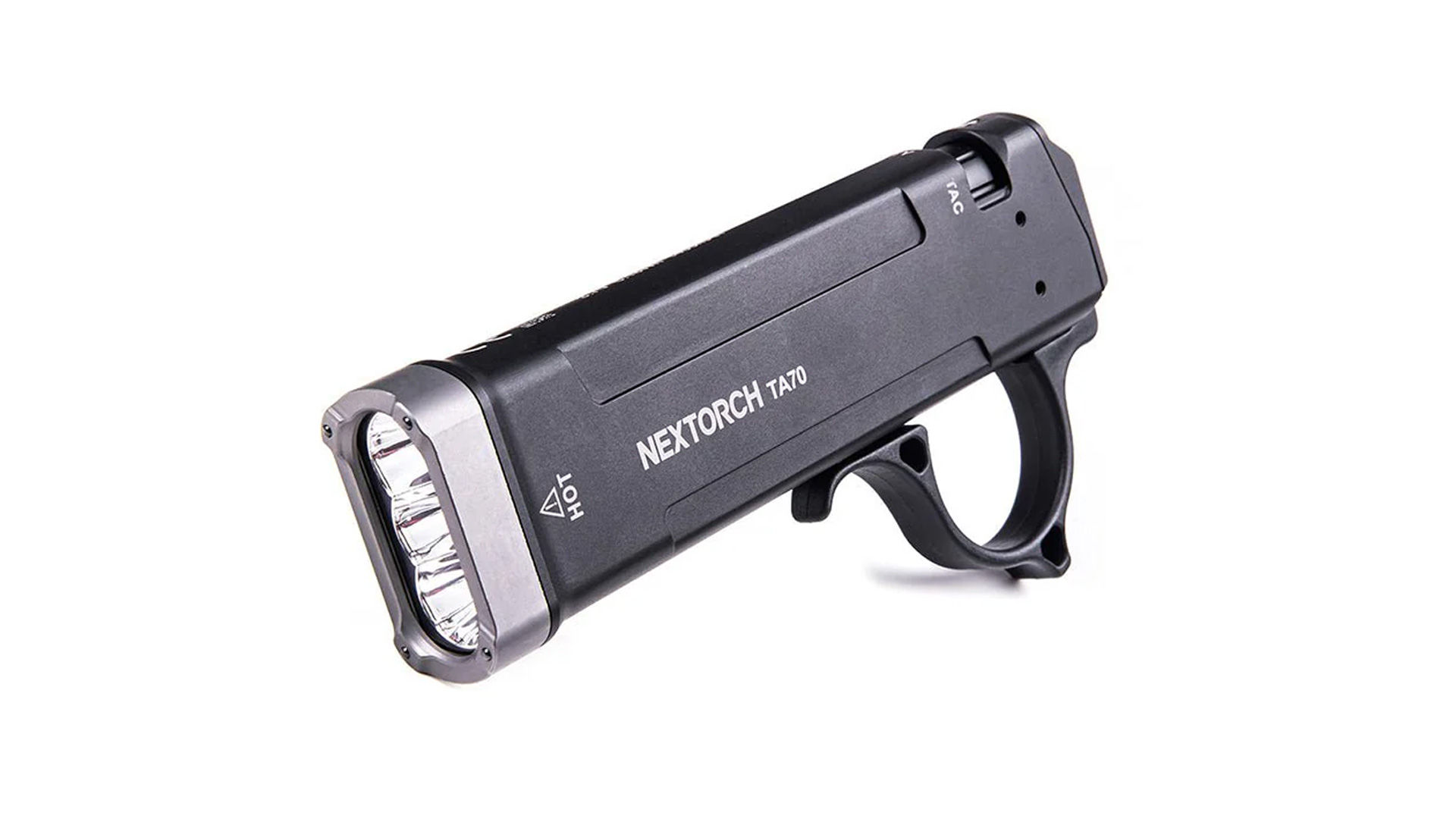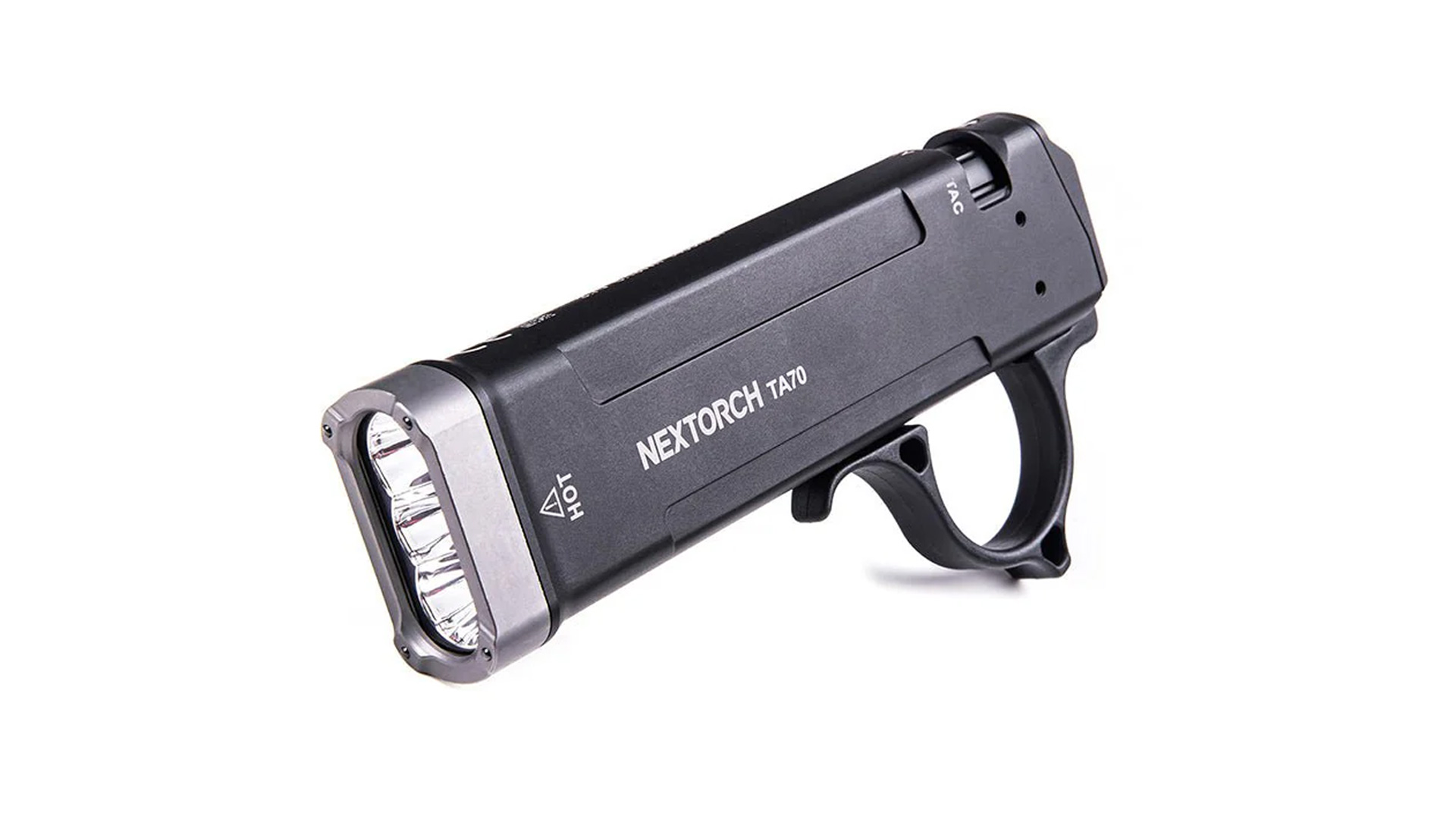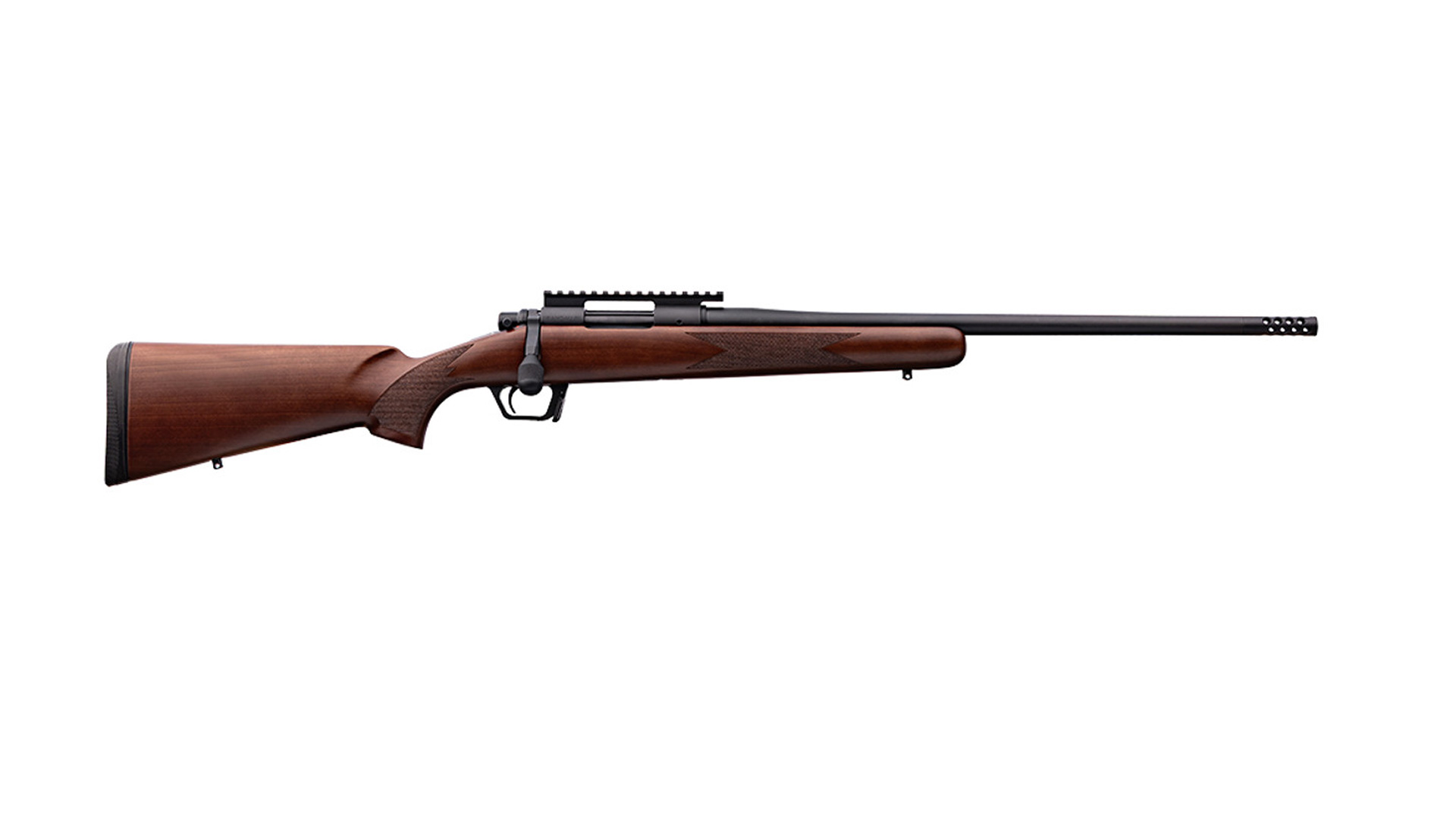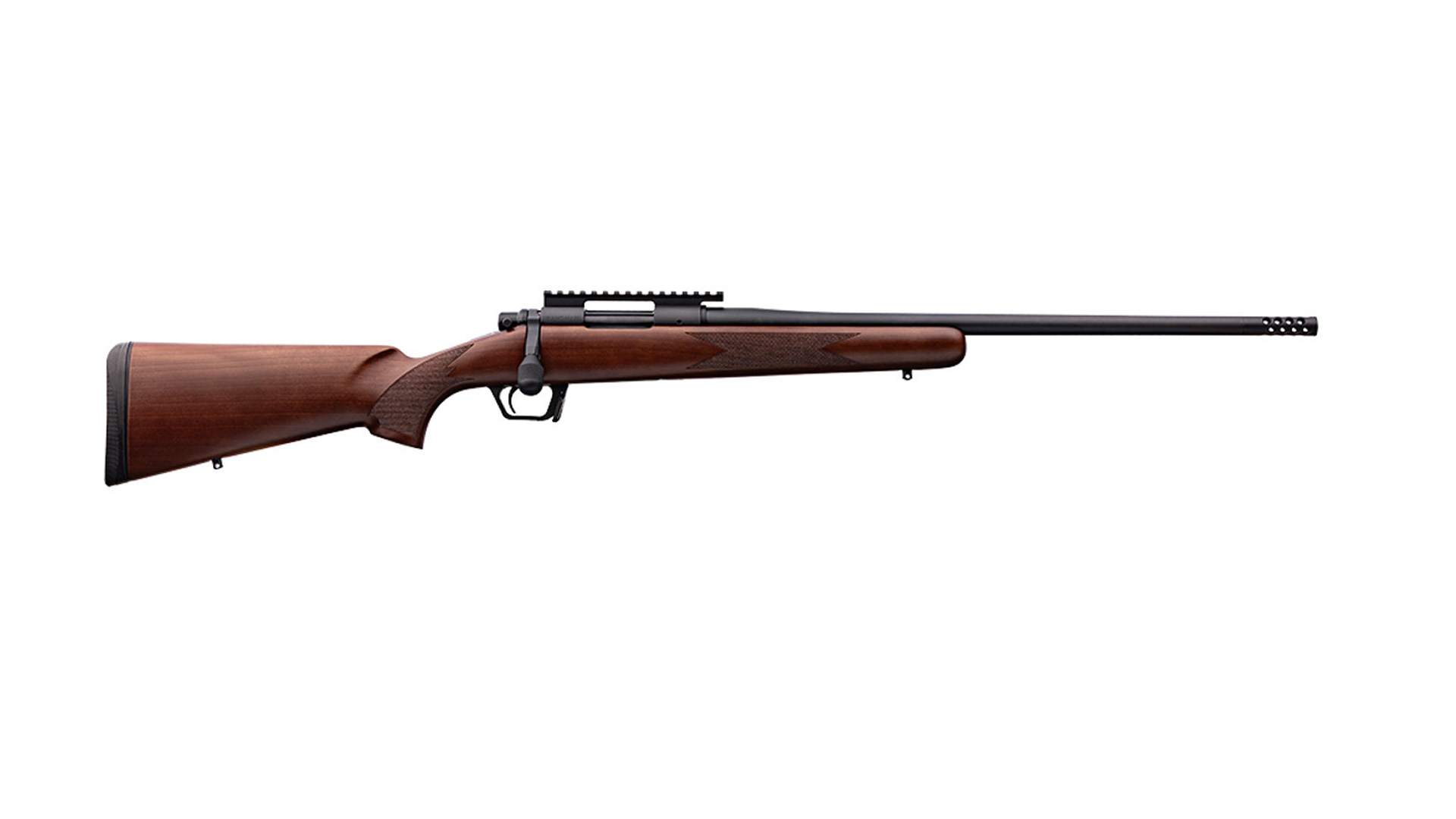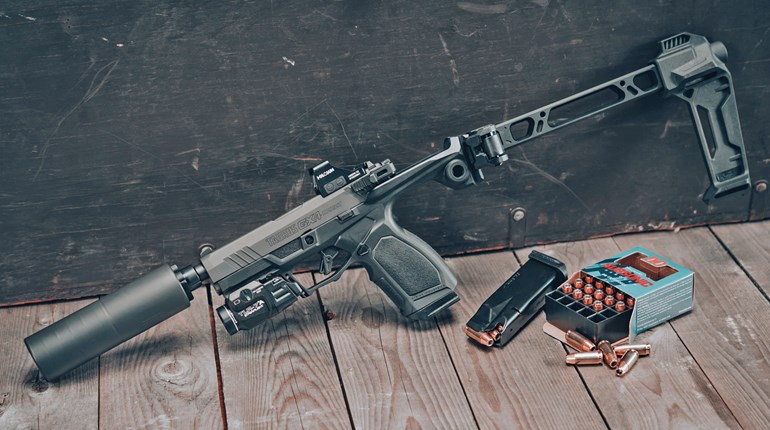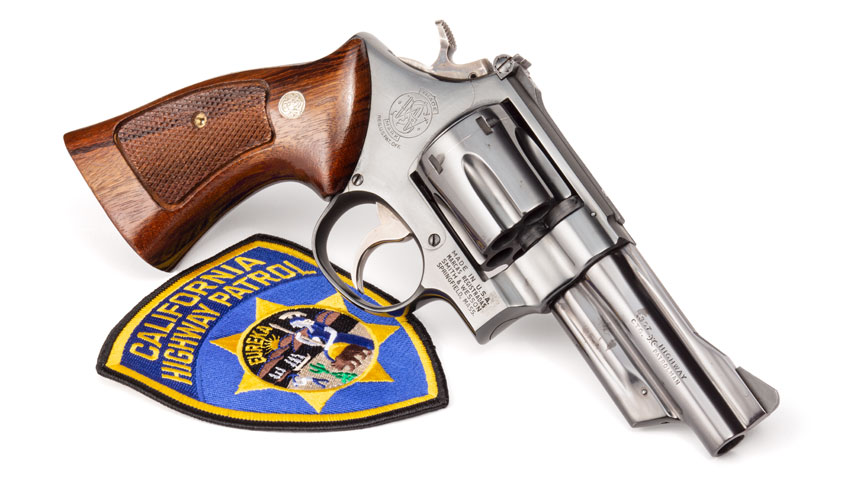
A purchasing agent is an individual who buys things for a governmental entity or commercial business. This agent is important to accomplishing the mission, because he or she is concerned with economies. In plain terms, he or she strives to get the most for the least. Since purchasing everything from communications equipment to toilet tissue, the agent has to know where things are and what they cost.
It can be an extremely complicated process in that there are a variety of considerations involved in making a sound choice. Sometimes it’s time limits or follow-on availability or a lot of other things, but someone who can do this is worth their weight in gold. Careers are made by being worth your weight in gold. (There is a point to all of this and it does involve fightin’ iron, so stick with me.)
A few decades back, a brand-new city was happening when a section of a Southern California county chose to incorporate. On the day when the new city actually became a legally constituted governmental entity, it also started an all-new, medium-size police department. And, police officers need weapons for those unpleasant times when deadly force has to be used.
The purchasing agent for the new city was not a gun person and had no knowledge of the various makes and models that might get the nod. Obviously, they should all be the same model. Since these events all transpired in the revolver era, they would all be wheelguns. Our agent consulted with the new chief of police, who happily complied with a list of candidate revolvers with adjustable sights and chambered in .357 Mag. The Magnum caliber was a must.
He would be happy if all his officers got a new 4-inch Colt Python or, in the alternative, a 3.5- or 4-inch Smith & Wesson Model 27. Revolver fans of any era recognize these models as top-quality wheelguns that did not often ride in working cops’ holsters. The purchasing agent looked into the matter and recoiled in horror when he found out how much a hundred of these would cost. The chief responded with a compromise with which he said the troops could live: Colt Troopers or Smith & Wesson Model 19s.
The Trooper was built on the same frame as the Python, but had a lighter barrel and was not as elegantly finished as the snake gun. It also carried a lower price tag. Originally touted as a policeman’s dream gun, the Model 19 would have been a great choice were it not for the fact that it was also pricey. The matter was discussed and everyone involved found out how picky cops can be about their guns. Then our agent threw everybody a curve—he did some research.
Careful reading of the Smith & Wesson catalog disclosed the fact that there was another option. The manufacturer built another revolver chambered in .357 Mag. that came with every single feature that mattered. The gun was first offered in 1954, during the so-called “Golden Age” at Smith & Wesson. President Carl Hellstrom was completely changing the company’s product line and the pre-war success of the .357 Mag. was a foundation.
When all Smith & Wessons got model numbers in 1957, this gun was called the Model 28, but the barrel always read “Highway Patrolman.” The Model 28 remained in the catalog for 32 consecutive years and sold in the thousands. More than a few departments opted for this big, N-frame brute and few of them were sorry for doing so. The department we have been talking about adopted the Model 28 Highway Patrolman and, in the long run, joined the ranks of satisfied customers. There are several reasons why this wheelgun is such a good choice.
When Smith & Wesson decided to go ahead with the .357 Mag. cartridge and guns to shoot it, the manufacturer did so with the utmost caution. It was in the Depression era and a new cartridge was uncharted territory. The gun was expensive and the first ones were treated as special orders at the factory. To make the gun more attractive, it offered scads of special features. This came in the form of grips, sights, finishes and barrel lengths. When Smith & Wesson brought the Model 27 back after the war, some of the special stuff went away, but there were still plenty of extra features.
The basic structure of the revolver—frame, cylinder and barrel—were quite strong. The main feature that identified the Model 27 was an exceptionally well-done polish, plus checkering on the topstrap and top of the barrel. This makes for a rich, handsome handgun that is also hell for stout. Polishing, checkering and special features don’t have anything to do with accuracy, shootability or longevity. So, the company just left them off and went with a dull-blue finish and a plain topstrap. This was the Model 28—and the gun that went into the holsters of that new police agency.
For many years, the old Model 28 was the unquestioned best bargain in the Smith & Wesson catalog. It would shoot every bit as well as its fancy brother. One of the firm’s greatest products, some of them were in use for nearly 30 years. The purchasing agent did his job well when he picked that piece of fightin’ iron.
